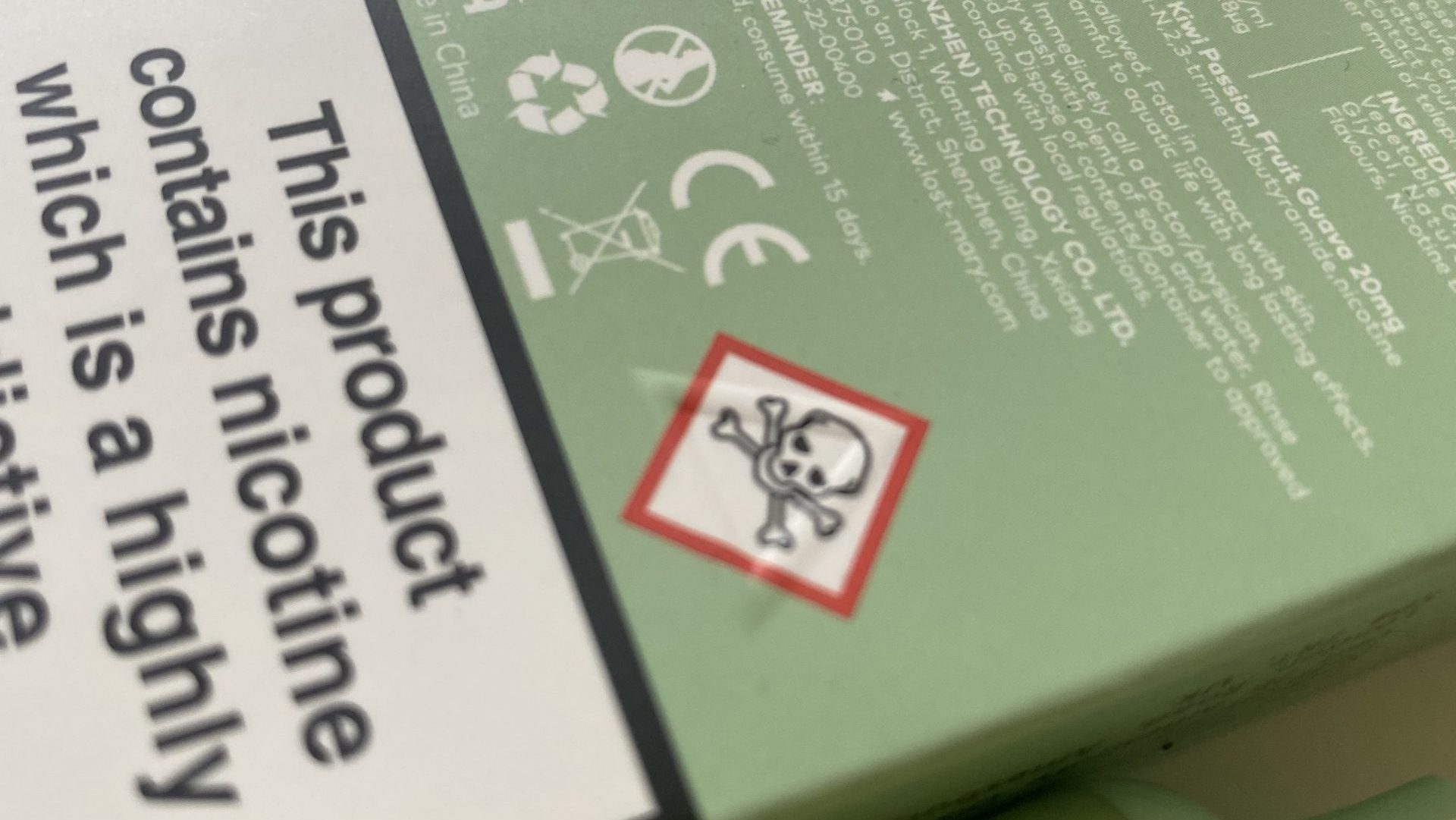Since the beginning of my time at Kingston in 2020, I have noticed a significant increase in the number of students who are using vapes around the campus.
According to Gov.UK, statistics show that the popularity of disposable vaping products among university students has increased from 2.2% to 15.2% within the last year.
The main reasons given for vaping are liking the flavours, doing it for fun or to help give up smoking cigarettes.
Giving up smoking cigarettes is for sure a good decision but is replacing one addiction with another really solves the problem?
Still addictive
Most vapes contain nicotine, the addictive drug in regular cigarettes and other tobacco products.
The recent research revealed that 40.1% of vape users in England were either “a little” or “very addicted” to vaping products.
Also the percentage of people who think that vapes are less harmful than cigarettes has declined from 66.7% to 43.3%.
Vape pens come in all sorts of flavours with fruit flavours being the most popular. Unlike cigarettes, vapes are sold in attractive colourful packaging and are openly displayed to consumers rather than being kept out of their view.
Since vape pens are so easily accessible, we assume that they are not harmful. However there have been three deaths and multiple reports of vaping-related injuries in the UK.
Rachel Howe, the mother of a teenager who died after her lungs collapssed, believes vaping products killed her daughter and is calling for tougher legislation.
Chemicals and side effects
Vapes contain propylene glycol or vegetable glycerine. They are common additives in food and are also used to make things like antifreeze, paint solvent and artificial smoke in fog machines.
Although both these compounds are approved by the US Food and Drug Administration for ingestion, it is not widely understood if they are suitable for inhaling.
The side effects of vaping are a relatively new area of research.
Doctors say that the effects of inhaling flavouring ingredients on lungs is uncertain and the damage will be clear in ten years’ time.
The existing research has linked chemicals in vapes to irreversible lung damage, respiratory issues, changes in the brain and organ damage.
Common side effects of vaping include dry mouth, mouth sores, nose bleeds, headaches, chest pains, cough, dry skin, rash and sore throat.
It is evident that we do not know enough about the health risks of vaping. More research is required.
Many people claim that quitting vaping is even harder than quitting cigarettes.
ips to help quitting include exercise, tackling sources of stress, finding distractions and change your routine.
Remember to be mindful of your health and do not take unnecessary risks.

